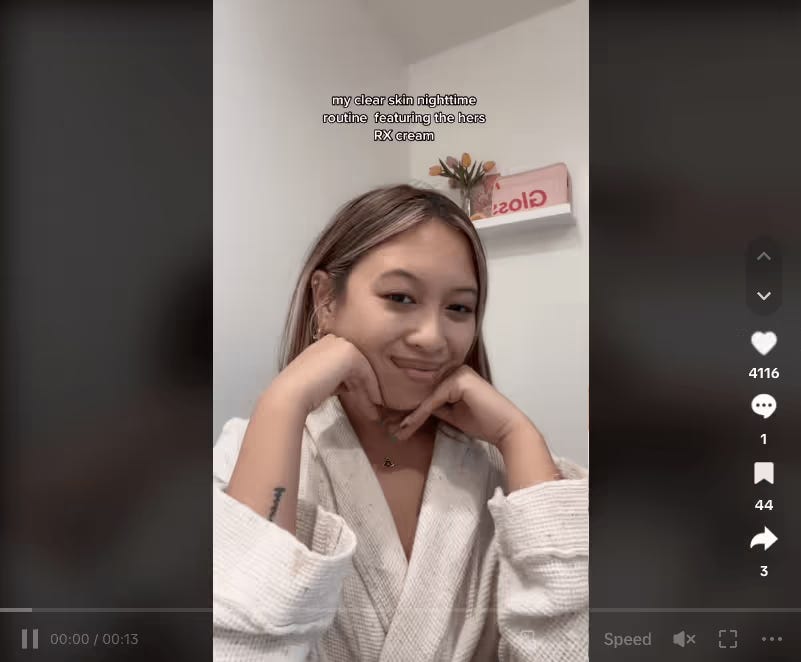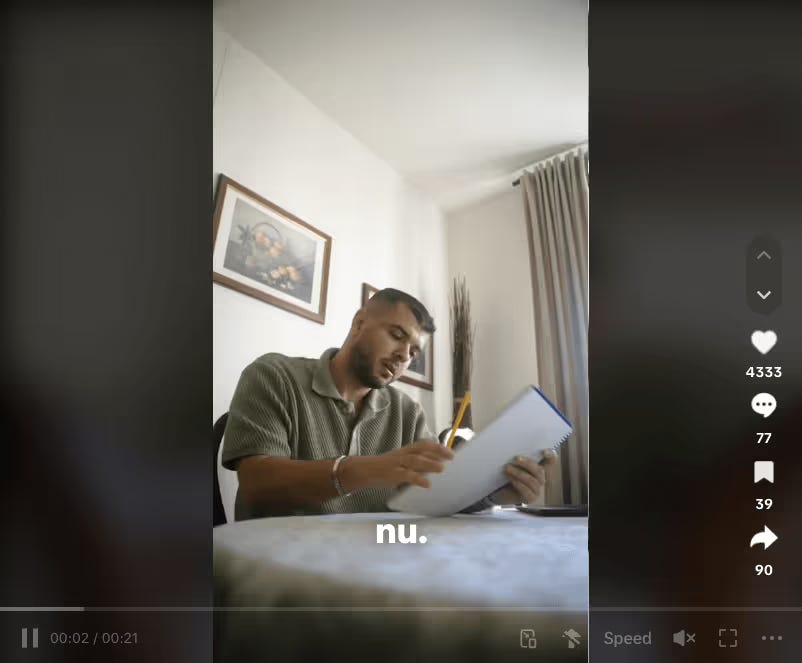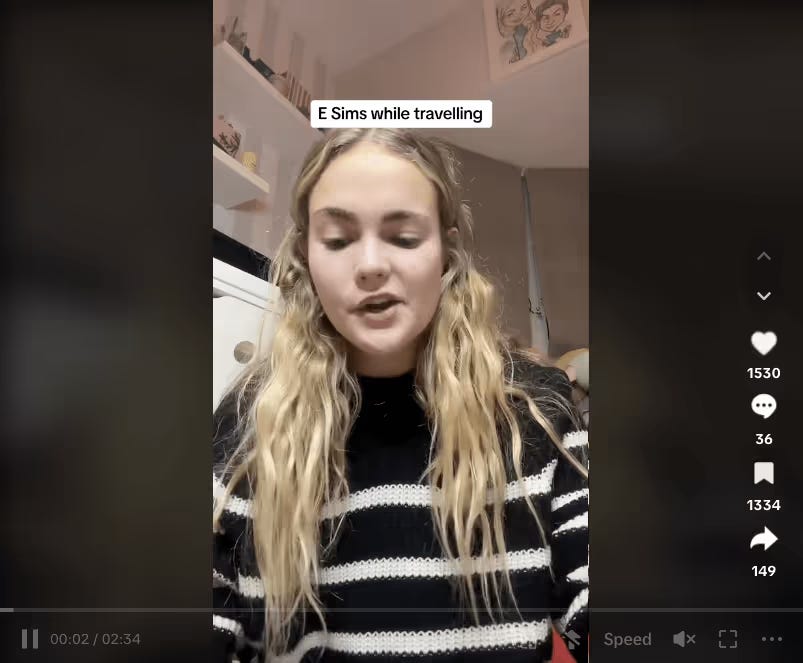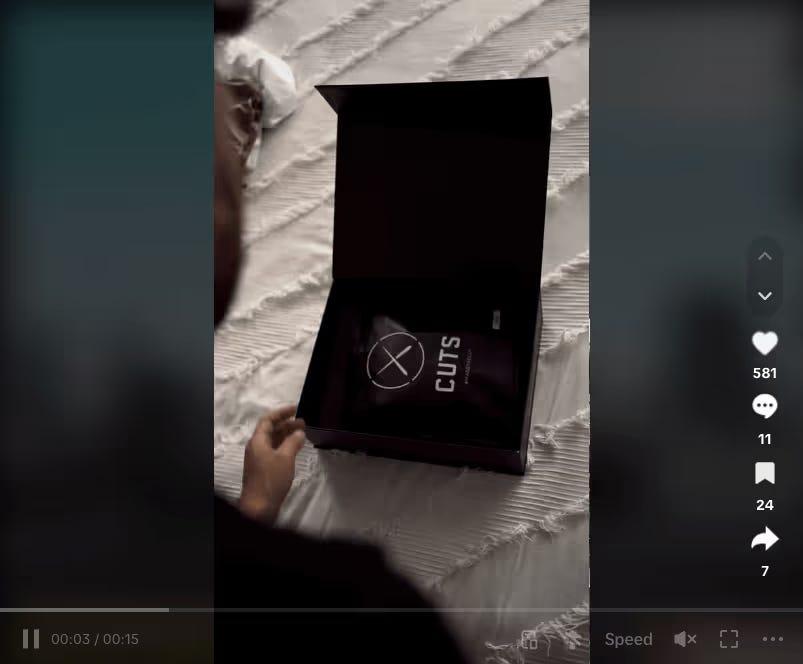📆 Tuesday, 18th Mar 2025
Hey — It's Rhythm. Thrilled to have you back in Ecom Circle, where I spend my time scaling ecom brands & finding best growth strategies to share with you.
DEEP DIVE 💡Influencer marketing gets a bad rap sometimes.
People picture million-dollar deals with celebrities who barely know the brand they’re shilling for. But here’s the reality: you don’t need a Kardashian to make influencer marketing work. In fact, micro-influencers (think 10,000-100,000 followers) often drive way better engagement and feel way more authentic to their audience.
Let’s break it down with some real-world examples of brands that nailed it with micro-influencers—so you can steal (uh, I mean, *borrow*) their best strategies for your own campaigns.
But before that here is a quick word from today’s sponsor - Stack Influence
Reach #1 page ranking using Micro-Influencers in 2025.
Use Stack Influence to automate Micro-Influencer collaborations at scale. Increase your Amazon growth, generate UGC, and boost brand awareness.
Top Amazon brands like Magic Spoon, Unilever, and MaryRuth Organics have been able to get to #1 page positioning on Amazon and increase their monthly revenue as high as 13X in as little as 2 months. Pay influencers only with products, increase external traffic Amazon sales, & get image/video UGC.
1. ExeGi Pharma – The Pet Probiotic Play
What they did: ExeGi Pharma wanted to boost awareness and sales for its high-potency probiotic, Visbiome Vet. Instead of dumping money into traditional ads, they partnered with YouTube and Instagram influencers in the pet space.
Why it worked: These influencers didn’t just read off a script—they created content in their own style, showcasing how the product benefited their pets.
📈 Results:
- 45,000+ Instagram Story impressions
- 75,000+ combined views on YouTube
👉 Takeaway: If your product is niche, find influencers who live and breathe that niche. Their followers will trust them WAY more than a random paid ad.
2. Hers – Turning TikTok into a Traffic Machine
What they did: Hers, a telemedicine brand for hair and skincare, needed to promote its products without running into strict advertising rules. Their workaround? A mix of:
✅ Hero creators with 2M+ followers
✅ Micro-influencers who made viral-worthy TikTok content
📈 Results (in just 30 days!):
- Hair campaign: 1.45M impressions, $11.01 CPM, 4.48% engagement
- Skincare campaign: 3.41M impressions, $5.13 CPM, 2.24% engagement
- 11,000+ site visits at a CPC of just $0.62 (20% below industry average)
👉 Takeaway: TikTok’s Spark Ads (aka influencer whitelisting) work magic. When you amplify content that’s *already* performing well organically, you get crazy good results.
3. Arla – Feel-Good Marketing That Feels Natural
What they did: This Scandinavian dairy brand wanted to drive brand love on TikTok. So, they got 50 micro-influencers to share acts of kindness (like bringing cookies and milk to loved ones) while subtly featuring Arla’s products.
📈 Results:
- High engagement rates with thousands of likes and comments
- Hit all reach and impression targets
👉 Takeaway: Feel-good content performs. People *want* uplifting, shareable moments. And if your brand can naturally fit into that, you win.
4. Deeper Sonars – A Masterclass in Scaling an Ambassador Program
What they did: This fishing tech brand took a different approach—building an ambassador program instead of running one-off campaigns. They created a three-tier system:
🎣 Open community (any fishing enthusiast)
🎣 Pro users (semi-pro anglers)
🎣 Paid influencers (long-term partnerships)
📈 Results:
- 7,000+ brand ambassadors across 30+ countries
- All managed by just *five* marketers
👉 Takeaway: Want to scale influencer marketing without endless admin work? Create a structured, self-sustaining ambassador program.
5. Ellos – Ditching Fixed-Fee Deals for Performance-Based Partnerships
What they did: This fashion retailer switched from traditional influencer contracts to a performance-based model, recruiting 130 micro-influencers to promote seasonal collections.
📈 Results:
- 980 pieces of content
- 2M+ total impressions
- $78,000+ in revenue at a 4% conversion rate
👉 Takeaway: Fixed-fee influencer partnerships aren’t always the best route. Performance-based models can lower costs and keep influencers motivated.
6. Honest Co – The Power of Bundling
What they did: Jessica Alba’s Honest Co. ran a micro-influencer campaign promoting a bedtime bundle for moms and babies.
📈 Results:
- 133 influencer posts (66% more than expected!)
- 4.25% engagement rate
- 578 link clicks and 1,402 Instagram sticker taps
👉 Takeaway: Want to increase AOV? Have influencers promote *bundles* instead of single products, and sweeten the deal with an exclusive discount.
7. Airalo – TikTok Hacks for the Win
What they did: Travel eSIM brand Airalo jumped on TikTok’s love for money-saving hacks, partnering with 10 micro-influencers to create travel tip videos.
📈 Results:
- 2.1M video views
- 12.3% engagement rate
- Cost per install: $0.23 (compared to $1.50+ global average)
👉 Takeaway: Lean into what’s *already* trending on social media. If a format is working, don’t fight it—use it.
8. Warby Parker – Leveraging Purpose-Driven Influencers
What they did: The D2C eyewear brand focused on influencers who aligned with their values (e.g., giving a free pair of glasses for every purchase).
📈 Results:
- 251K+ Instagram posts under #warbyparker
- TikTok videos regularly hit 100K+ views
👉 Takeaway: Consumers care about values. 82% say they prefer brands that align with their beliefs. If your brand stands for something, make it known.
9. Cuts Clothing – A Well-Oiled Influencer Machine
What they did: Cuts runs an ongoing TikTok influencer program where creators post two videos per month around themes like holidays and new launches.
📈 Results:
- Built a sustainable “content farm” of engaged micro-influencers
- Consistently generates fresh, high-quality UGC
👉 Takeaway: Influencer marketing isn’t a one-off campaign—it should be a continuous, scalable strategy.
The Bottom Line
You don’t need million-dollar budgets or celebrity endorsements to crush it with influencer marketing. Micro-influencers are affordable, authentic, and often *way* more effective.
💡 **Your next steps:**
1. Identify niche influencers who genuinely align with your brand.
2. Test performance-based deals instead of flat fees.
3. Use influencer whitelisting (like TikTok Spark Ads) to amplify top-performing content.
Try it, tweak it, and watch your brand take off. 🚀












